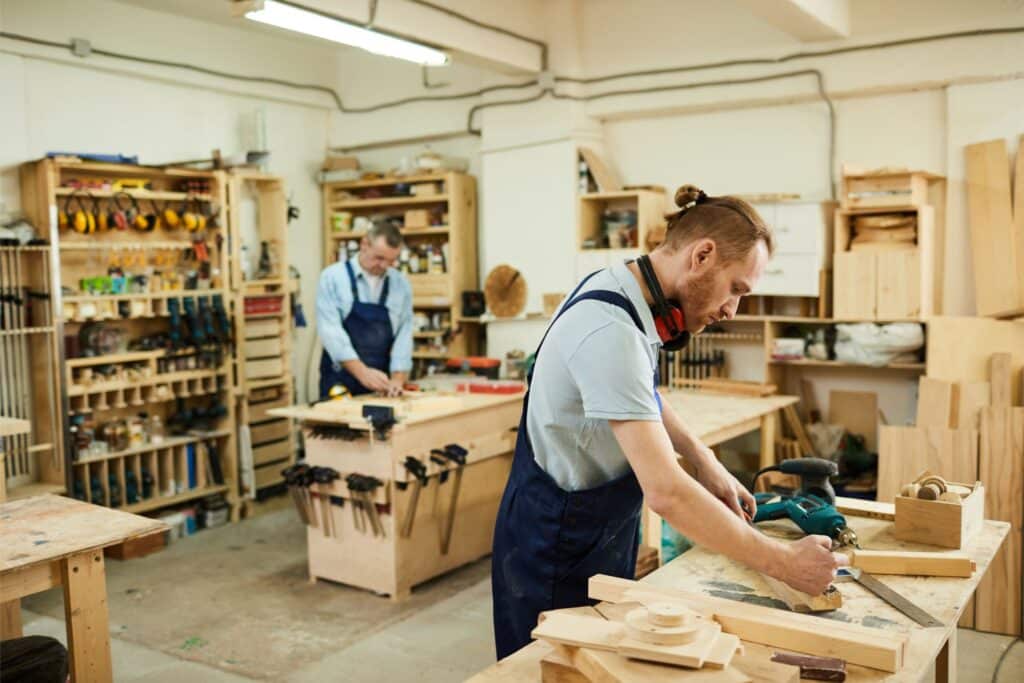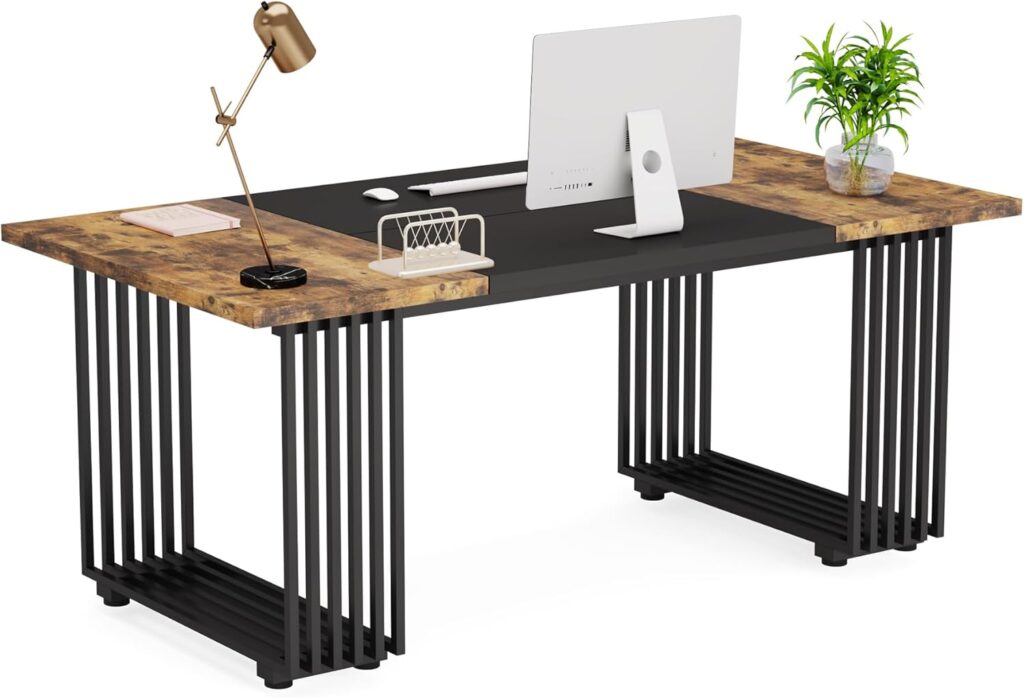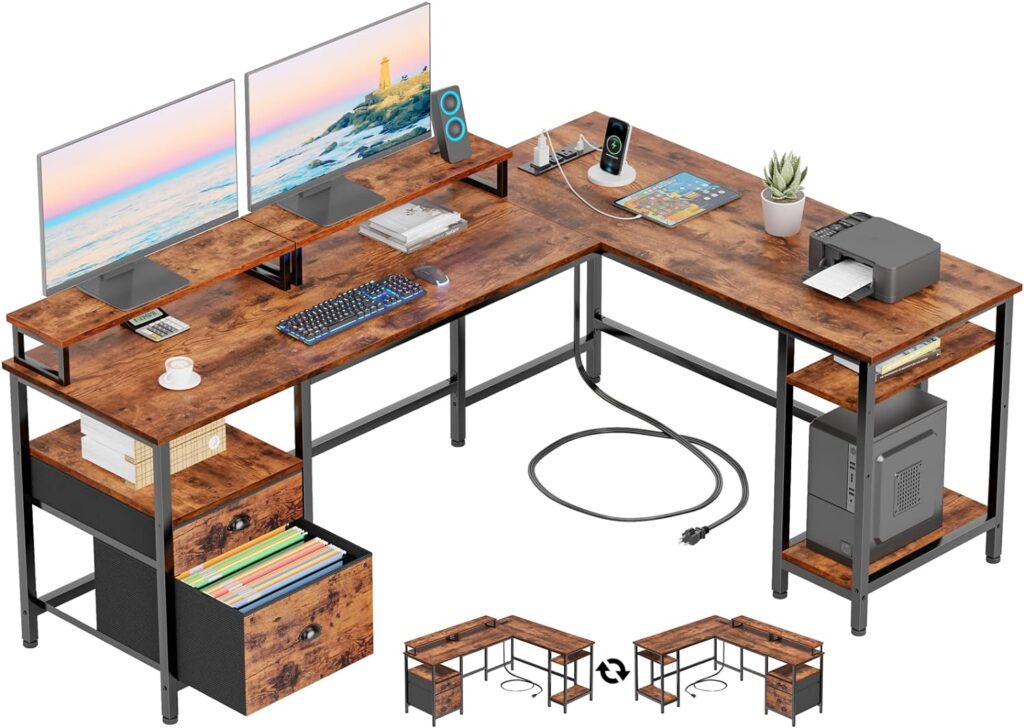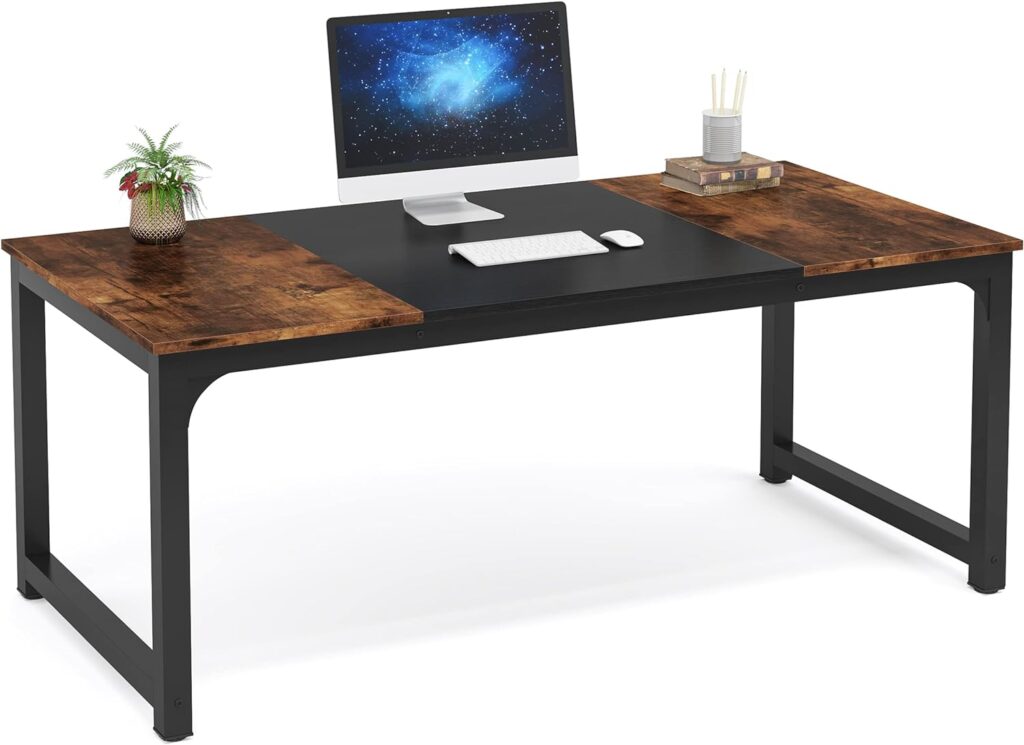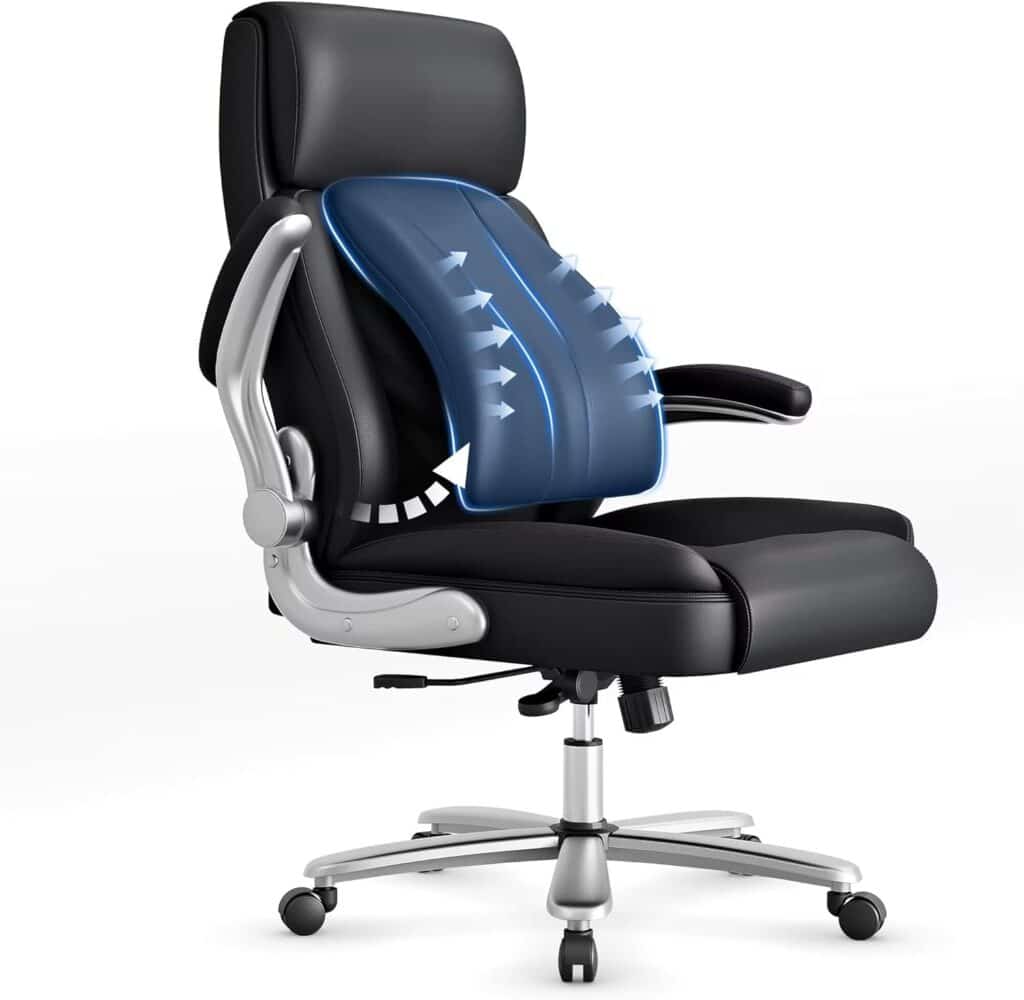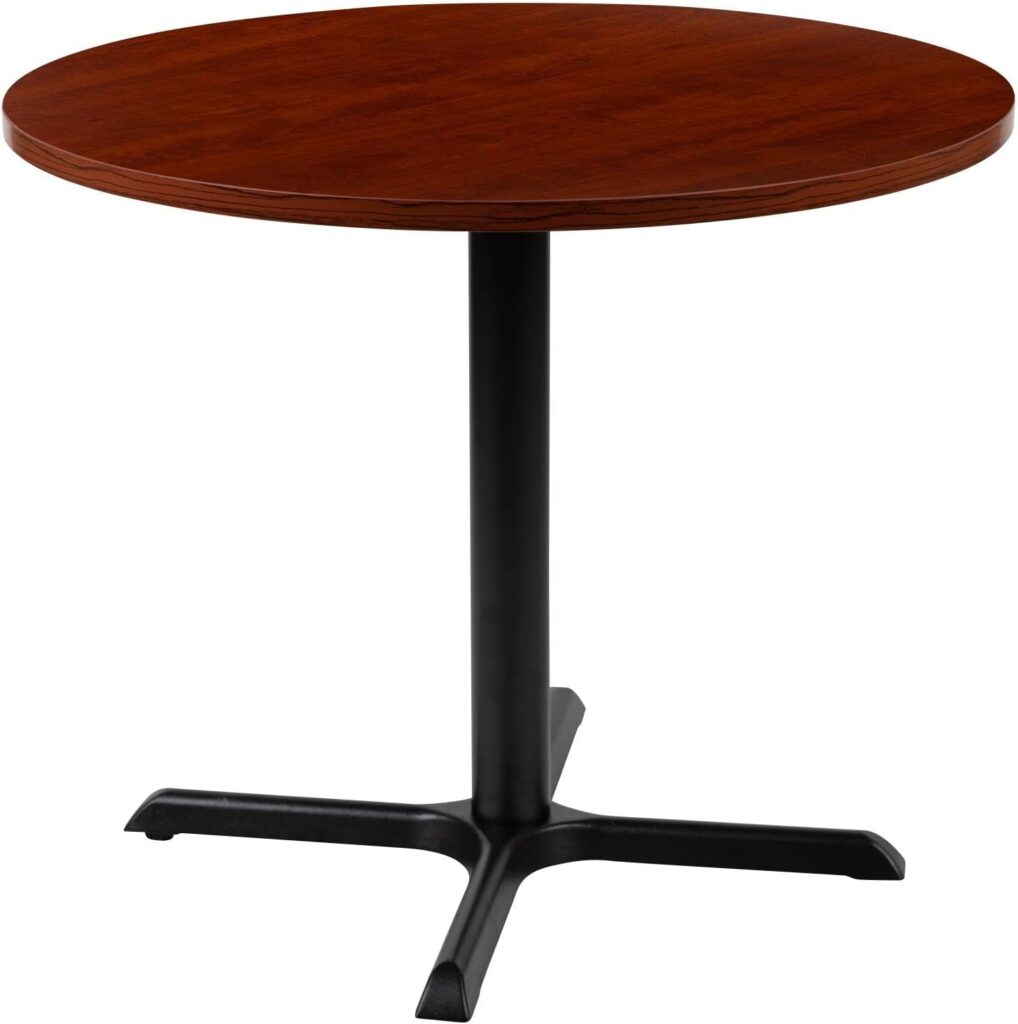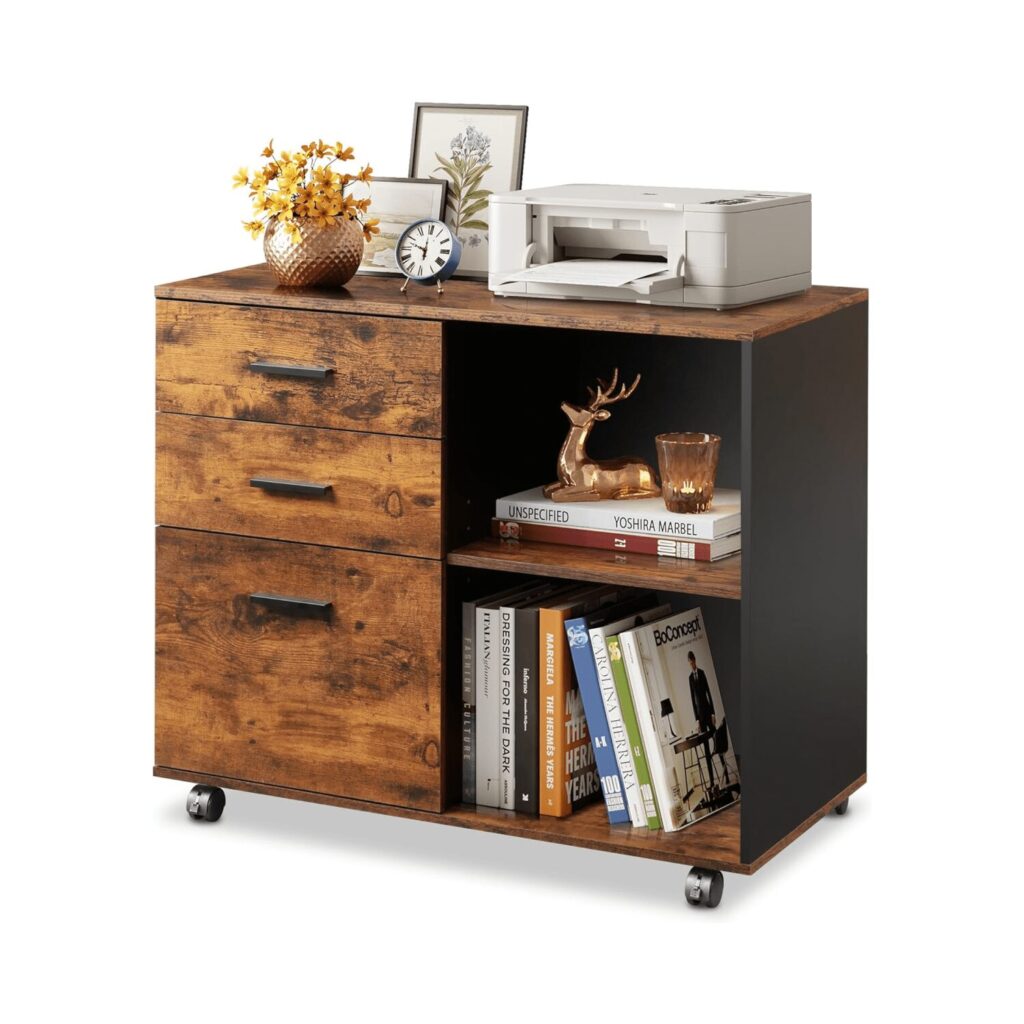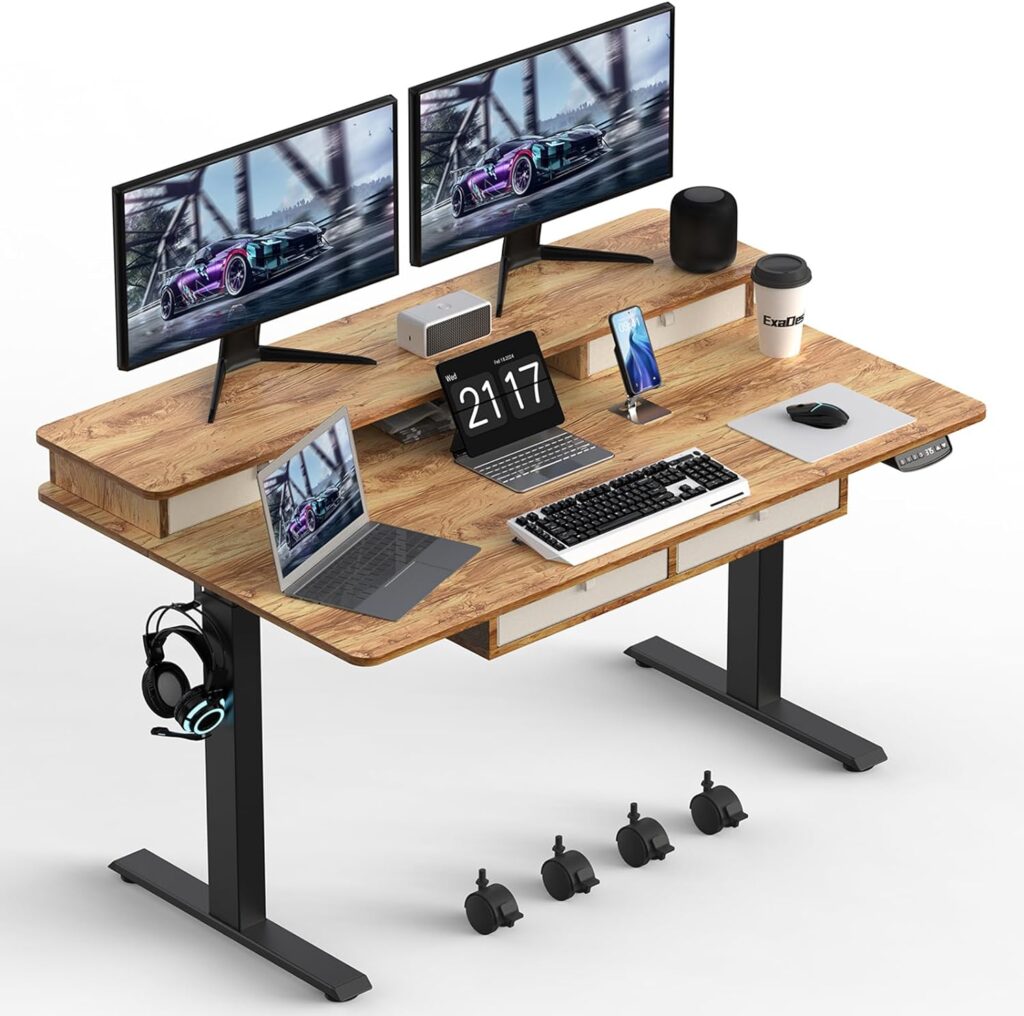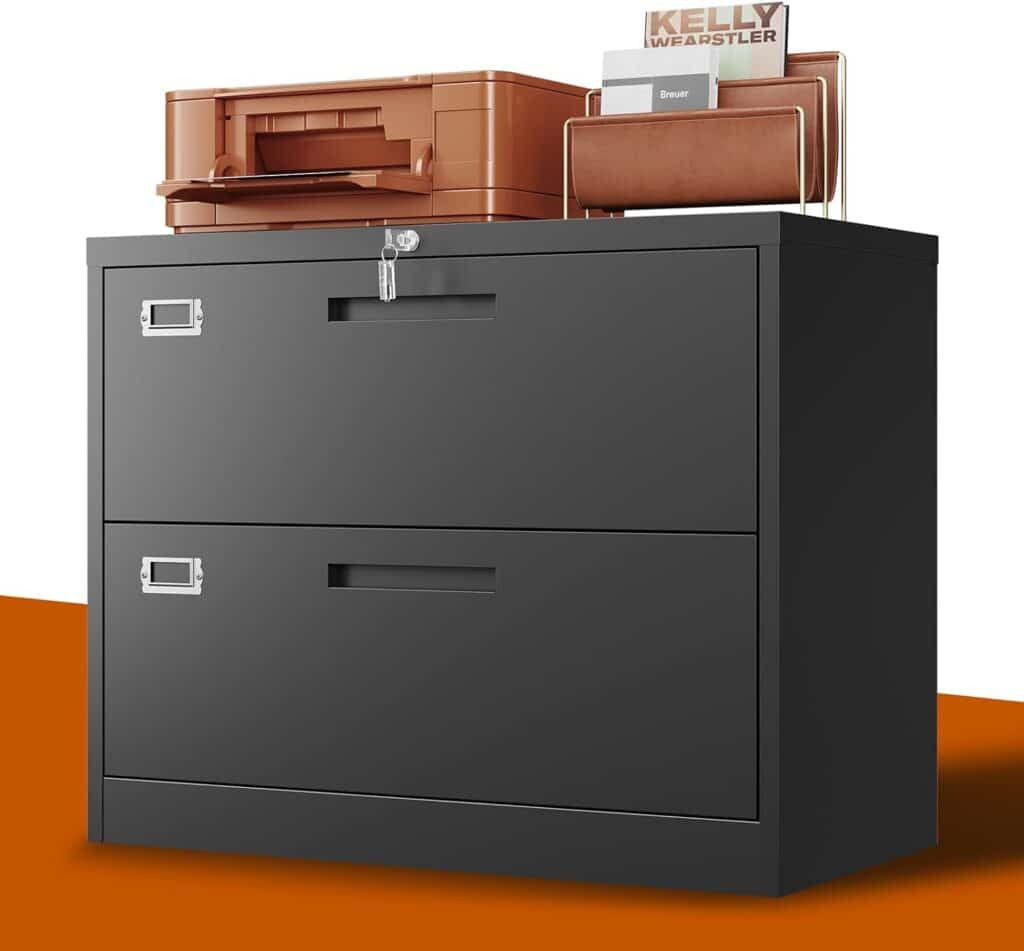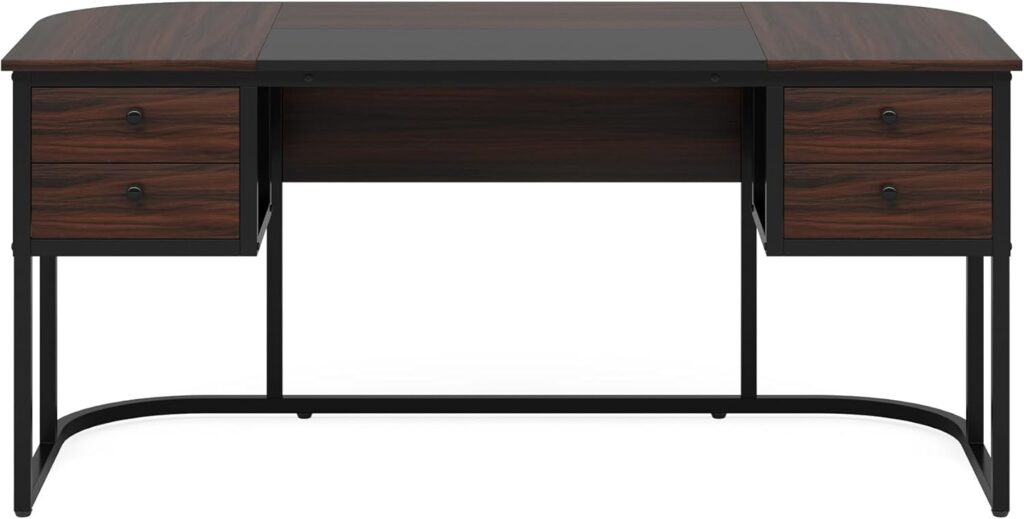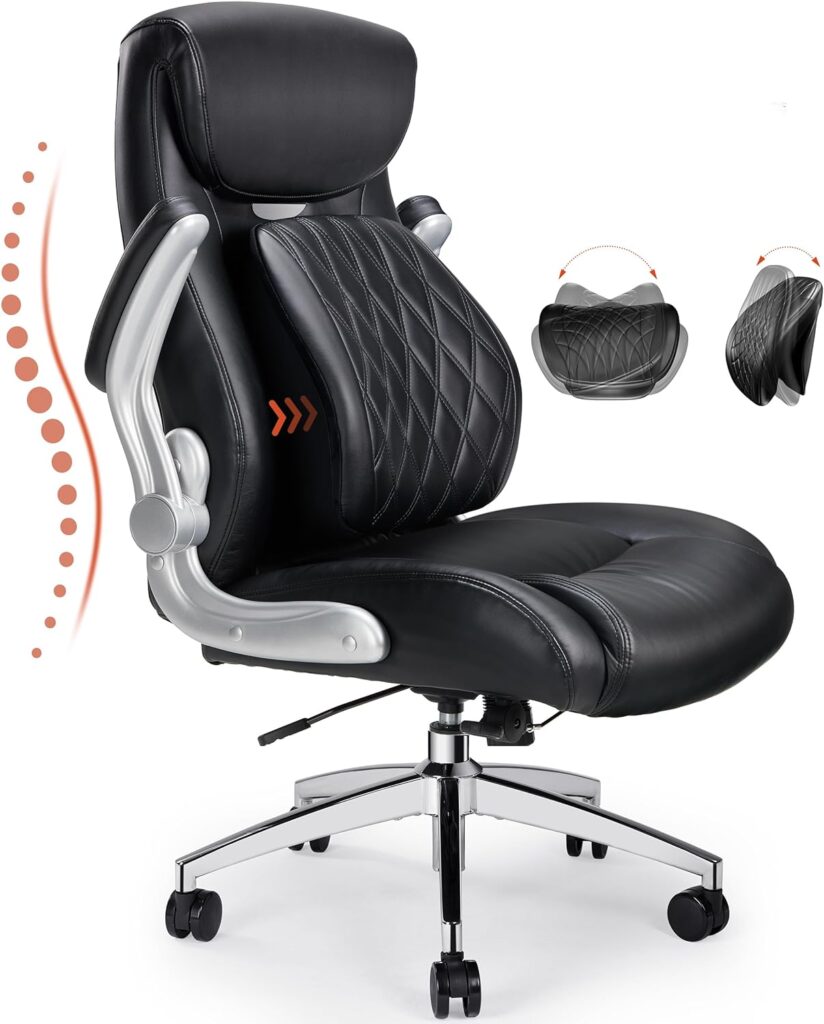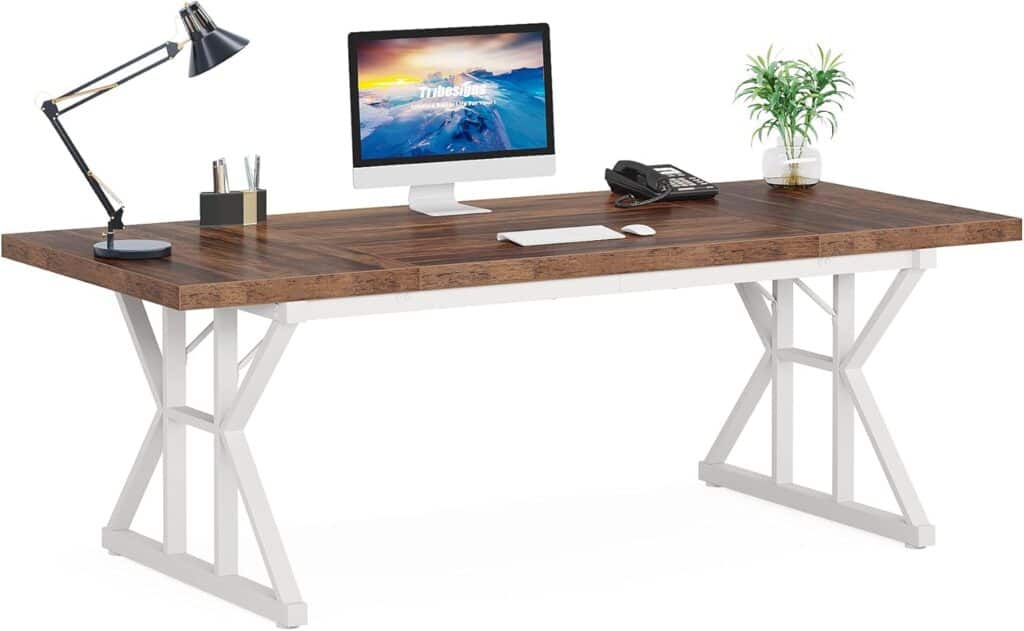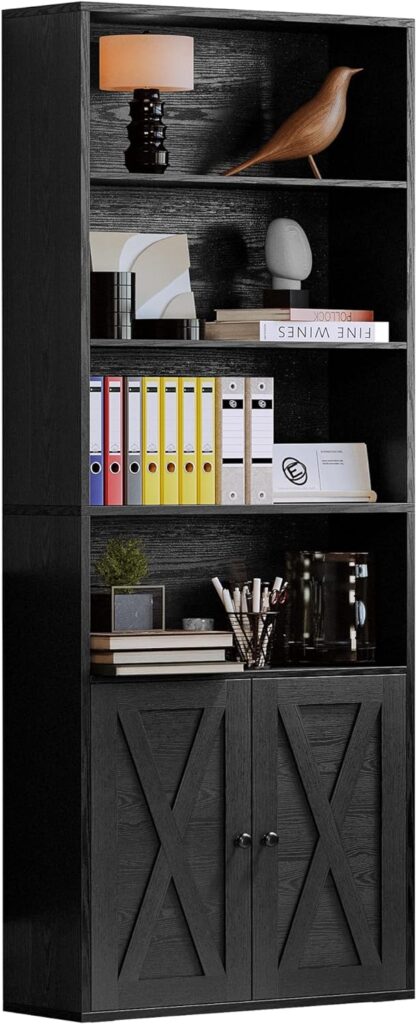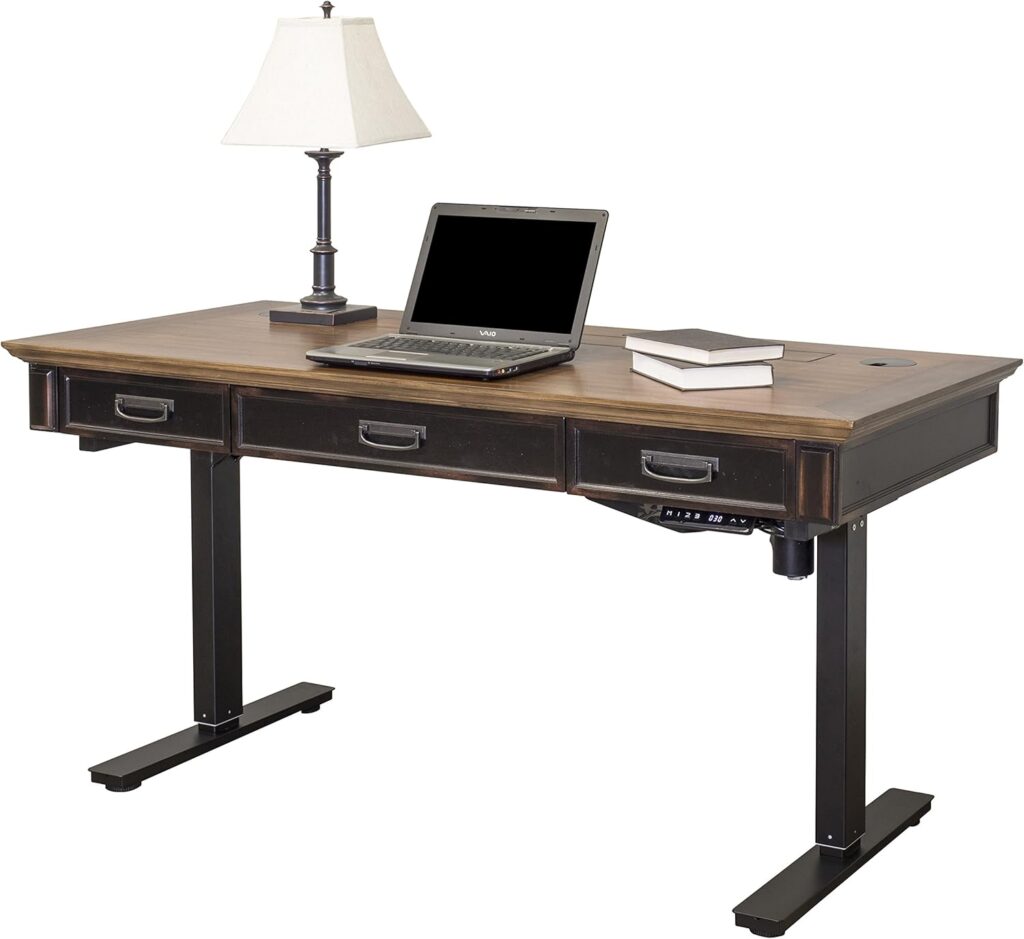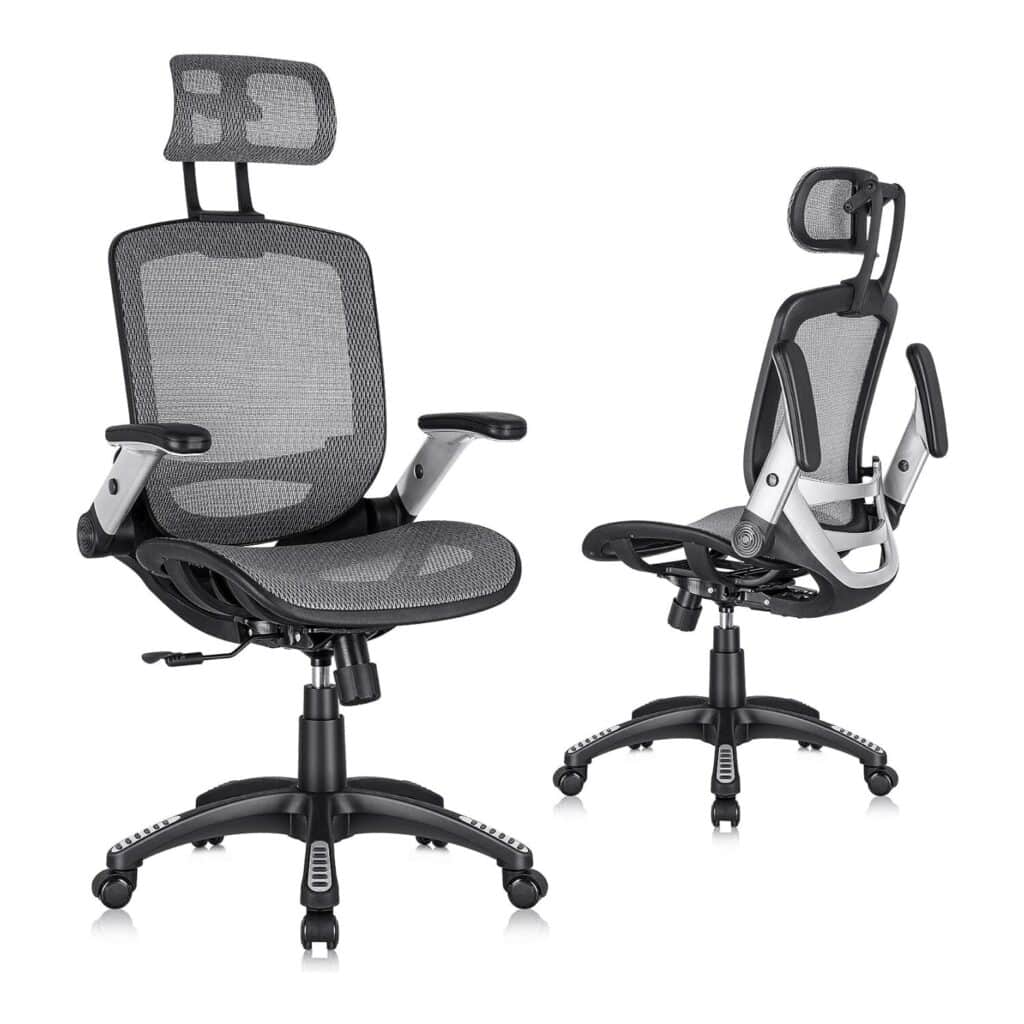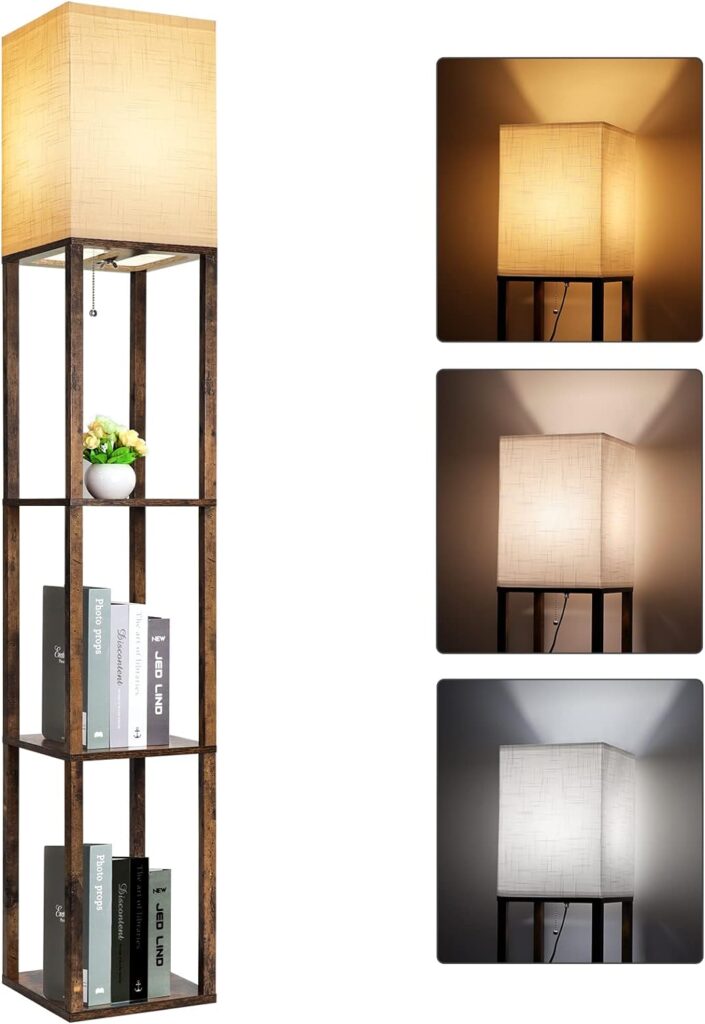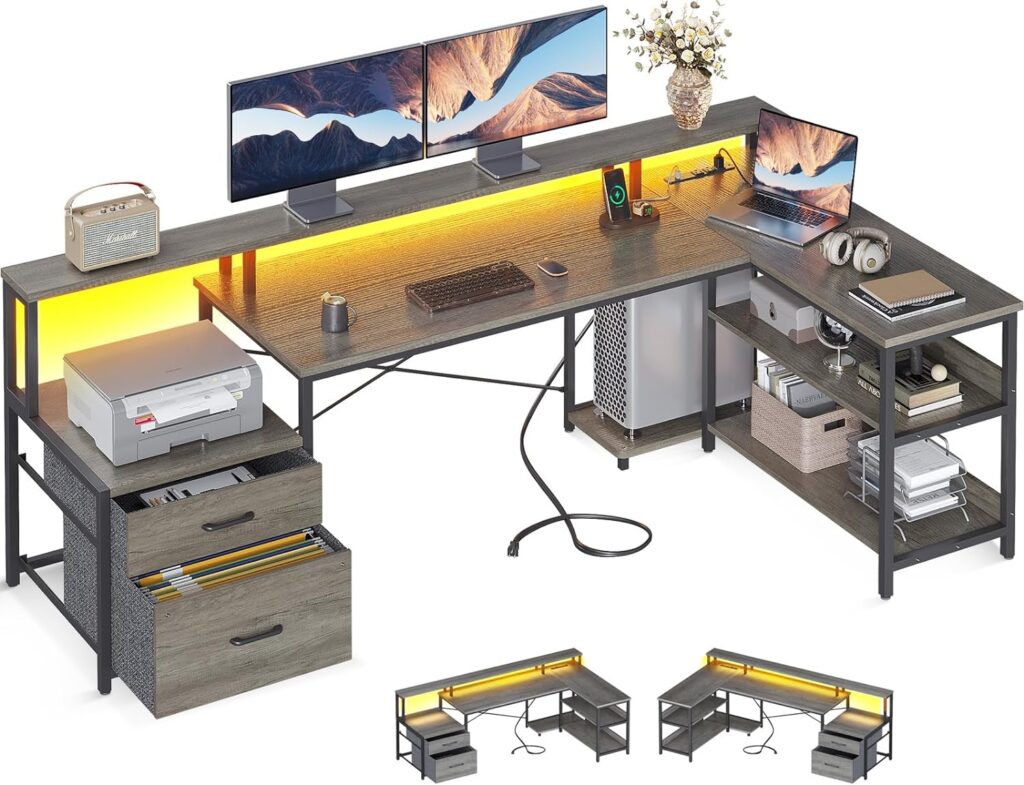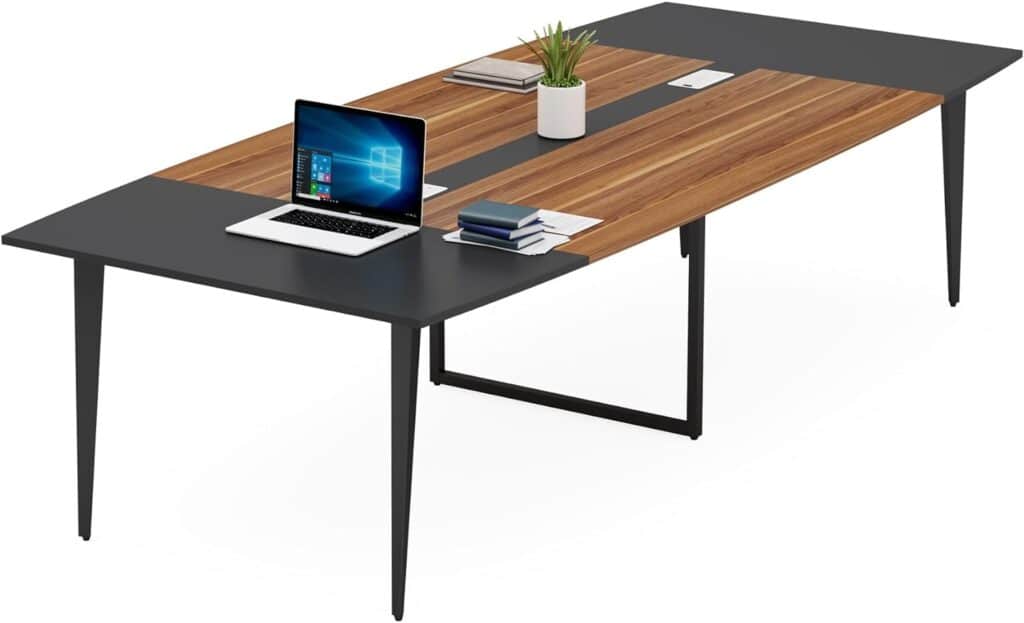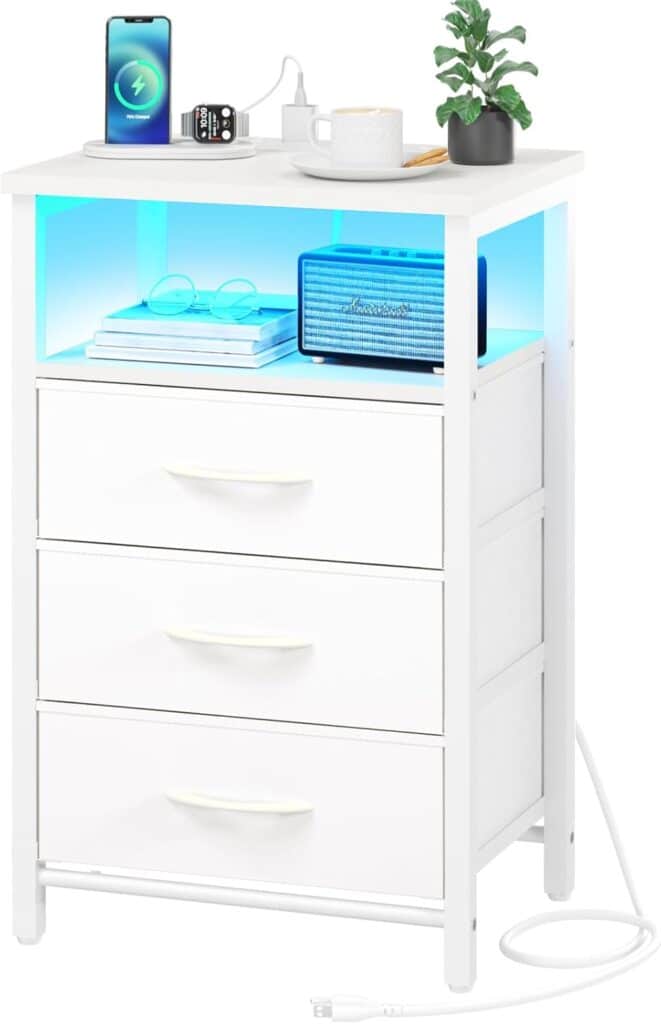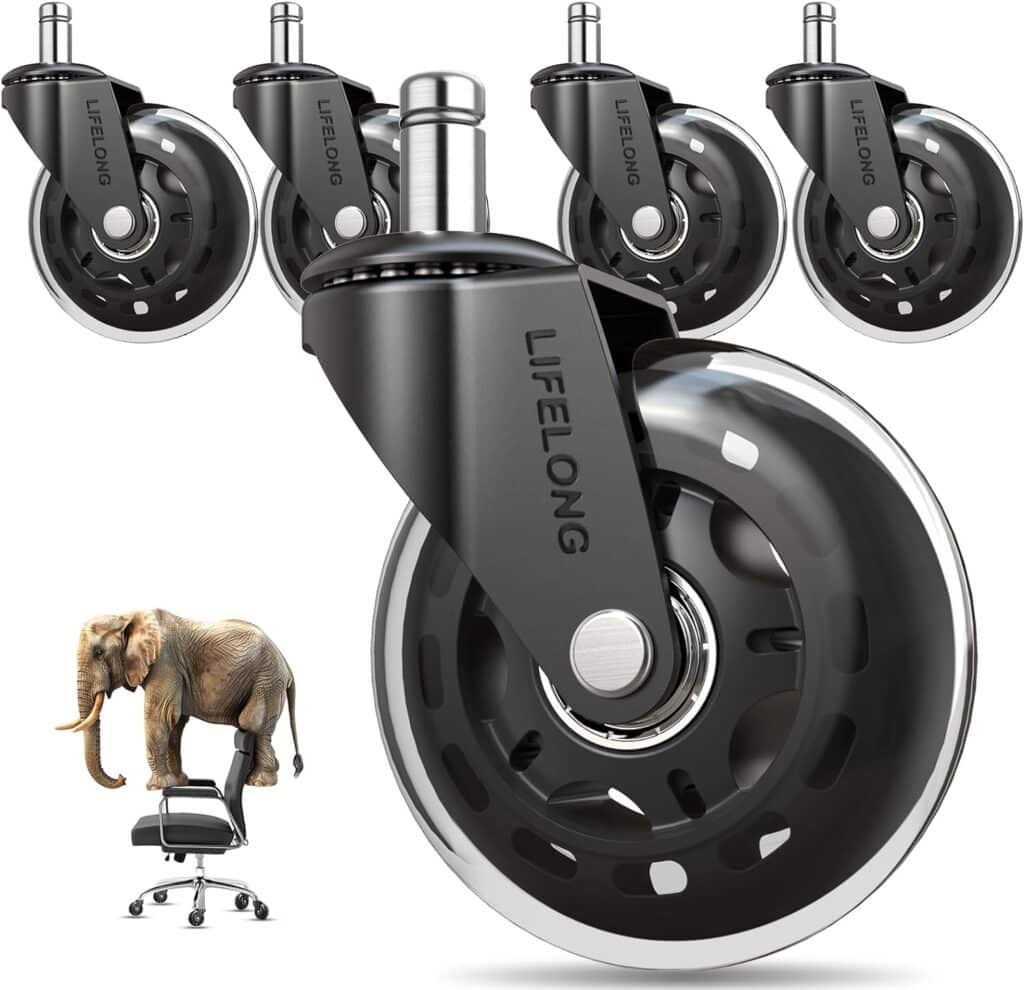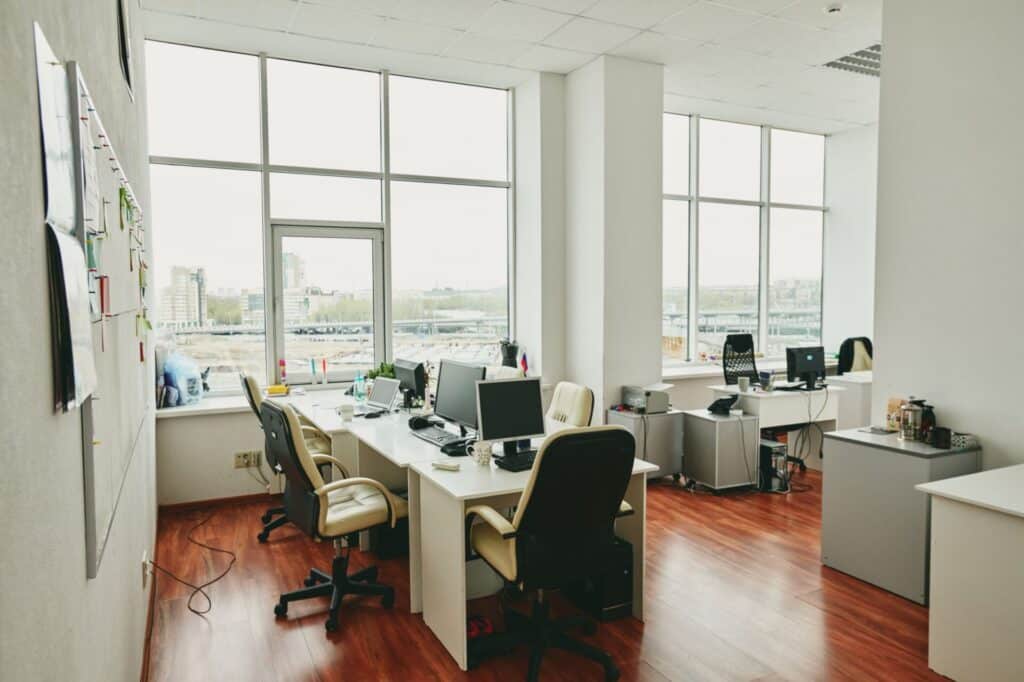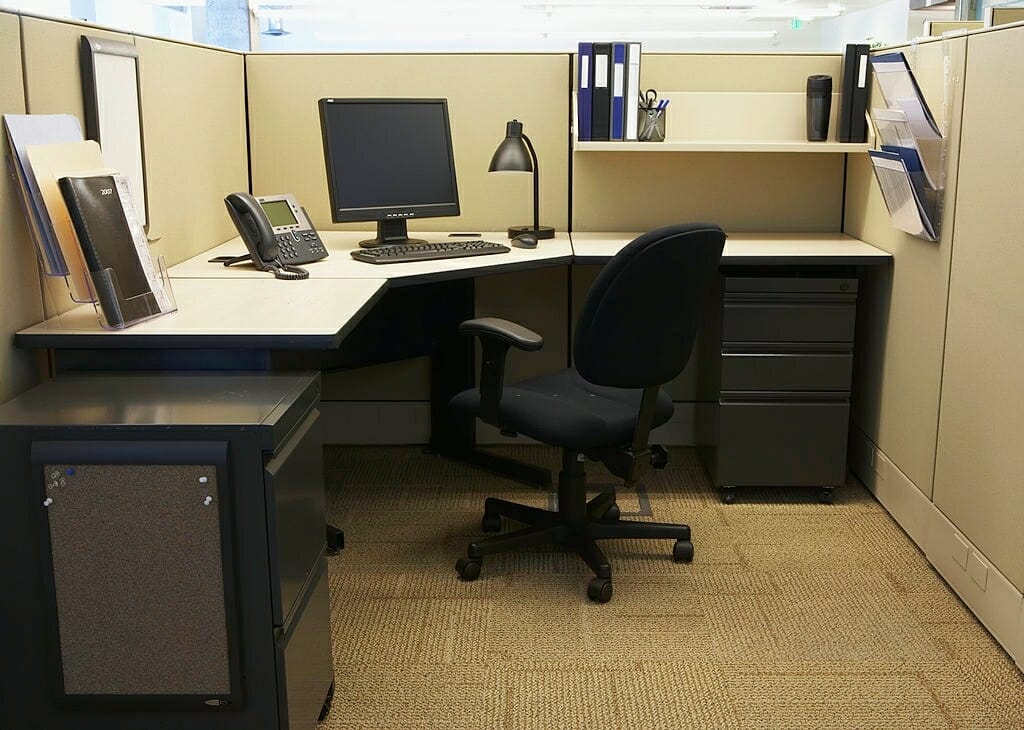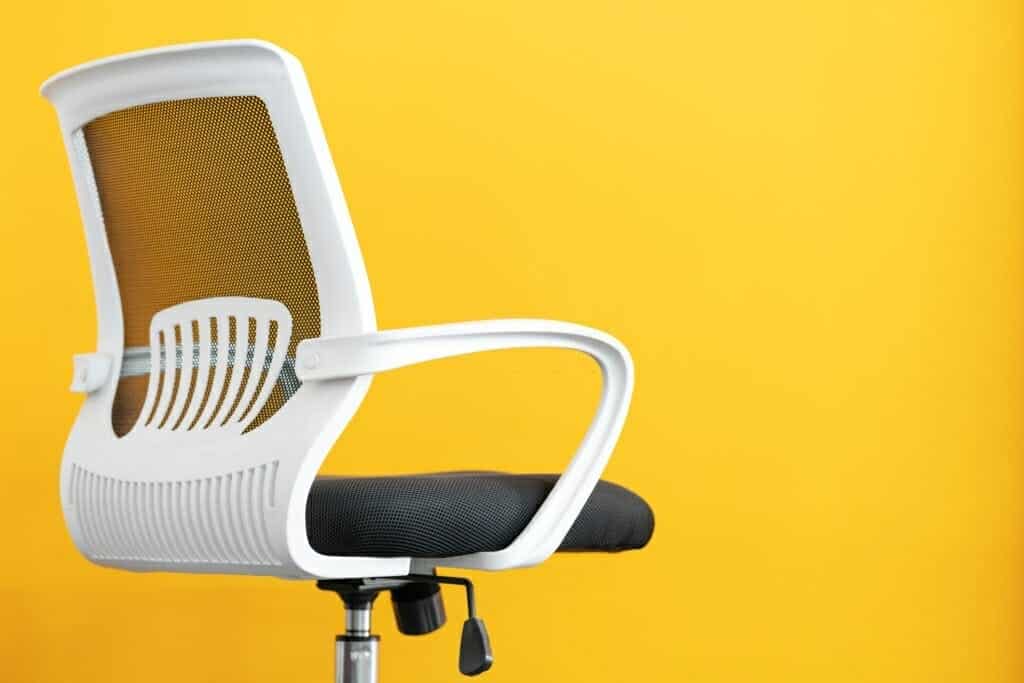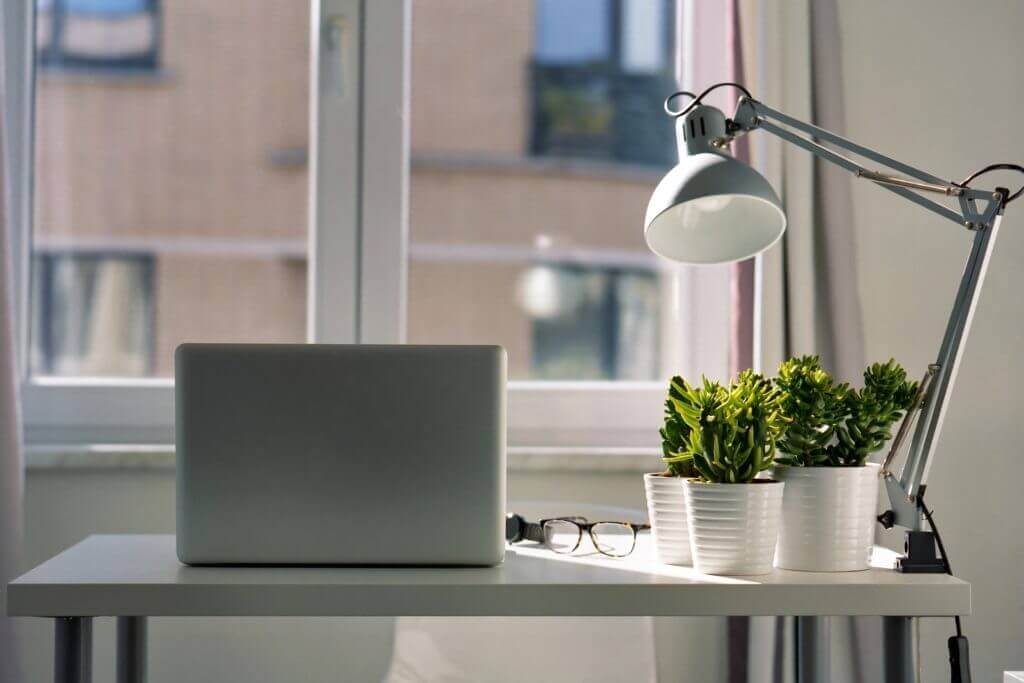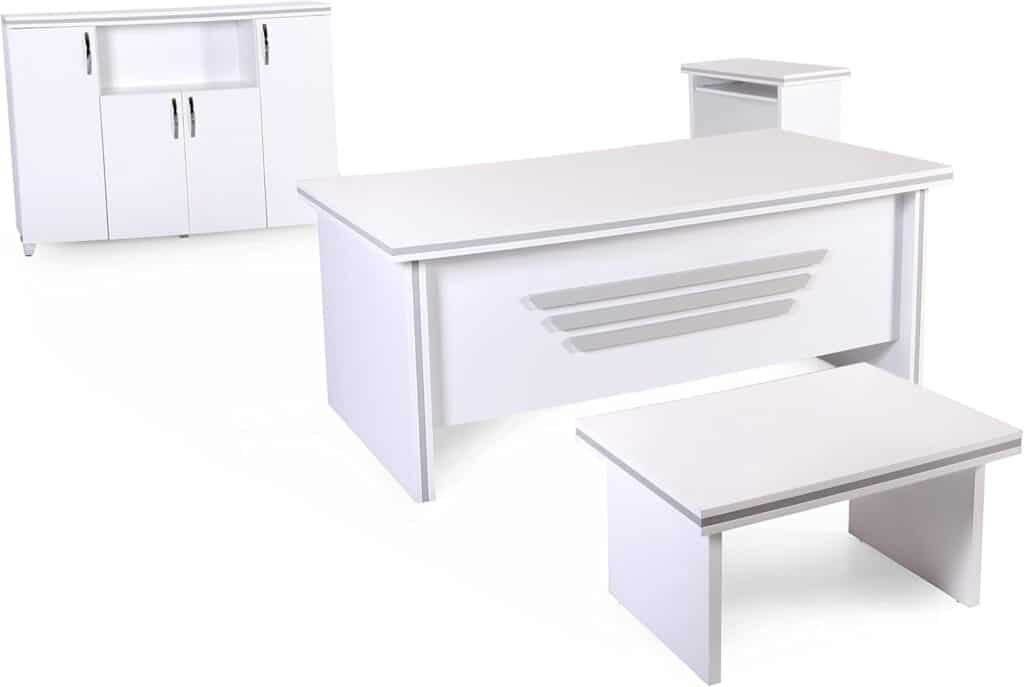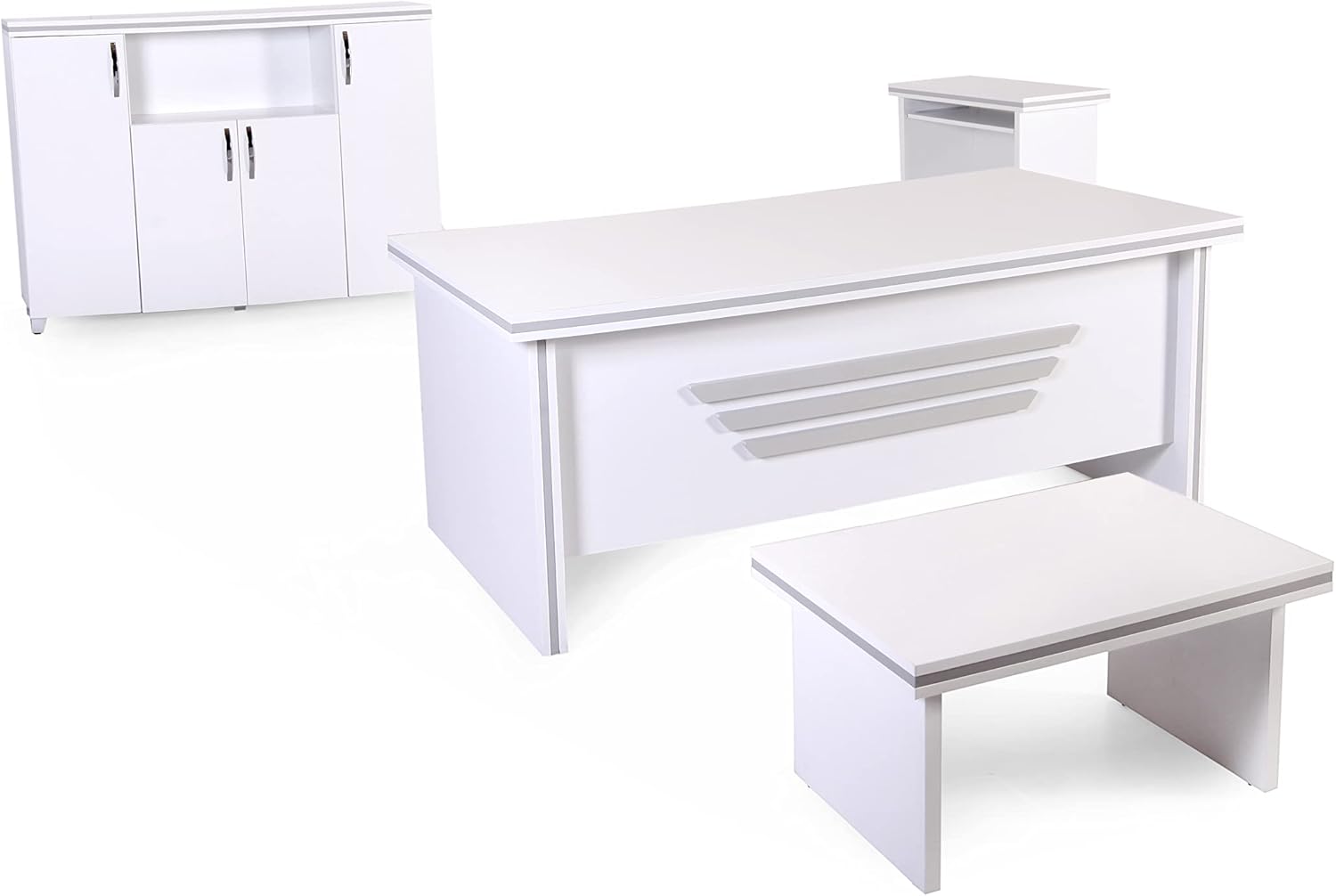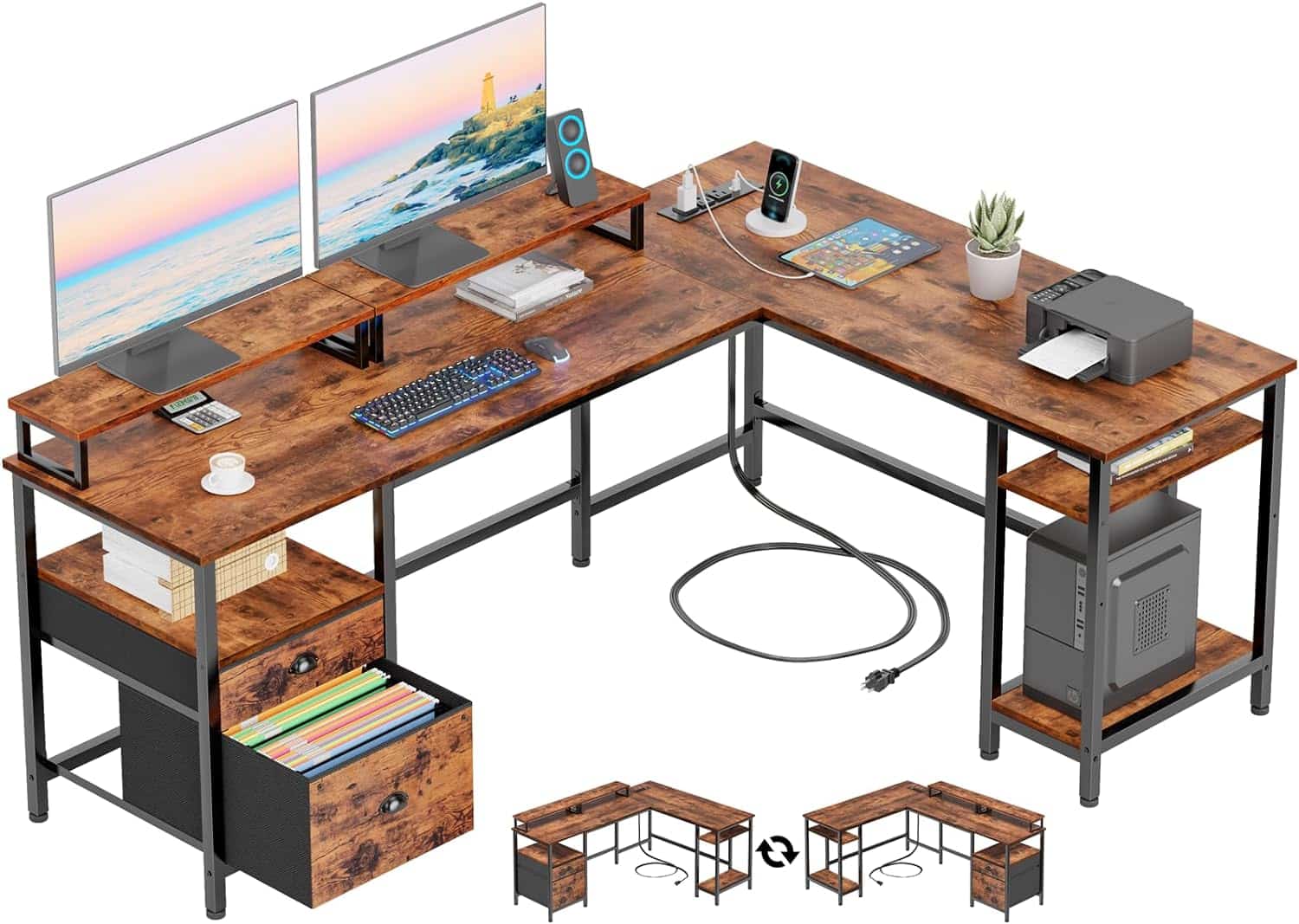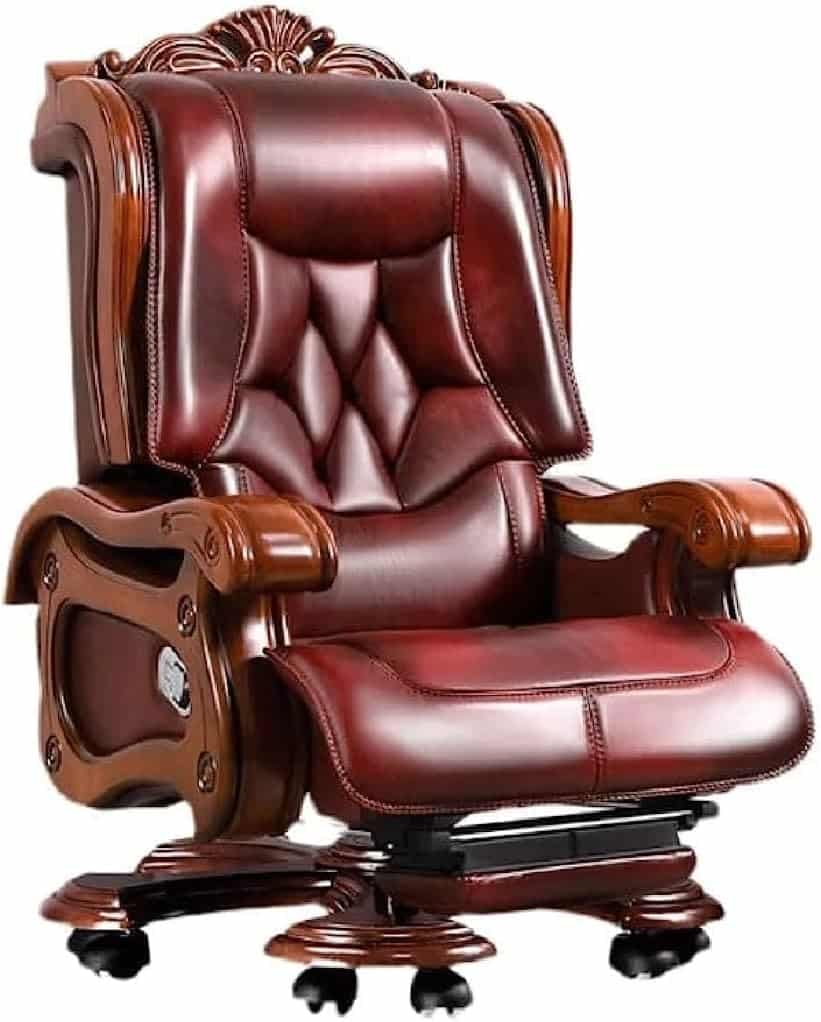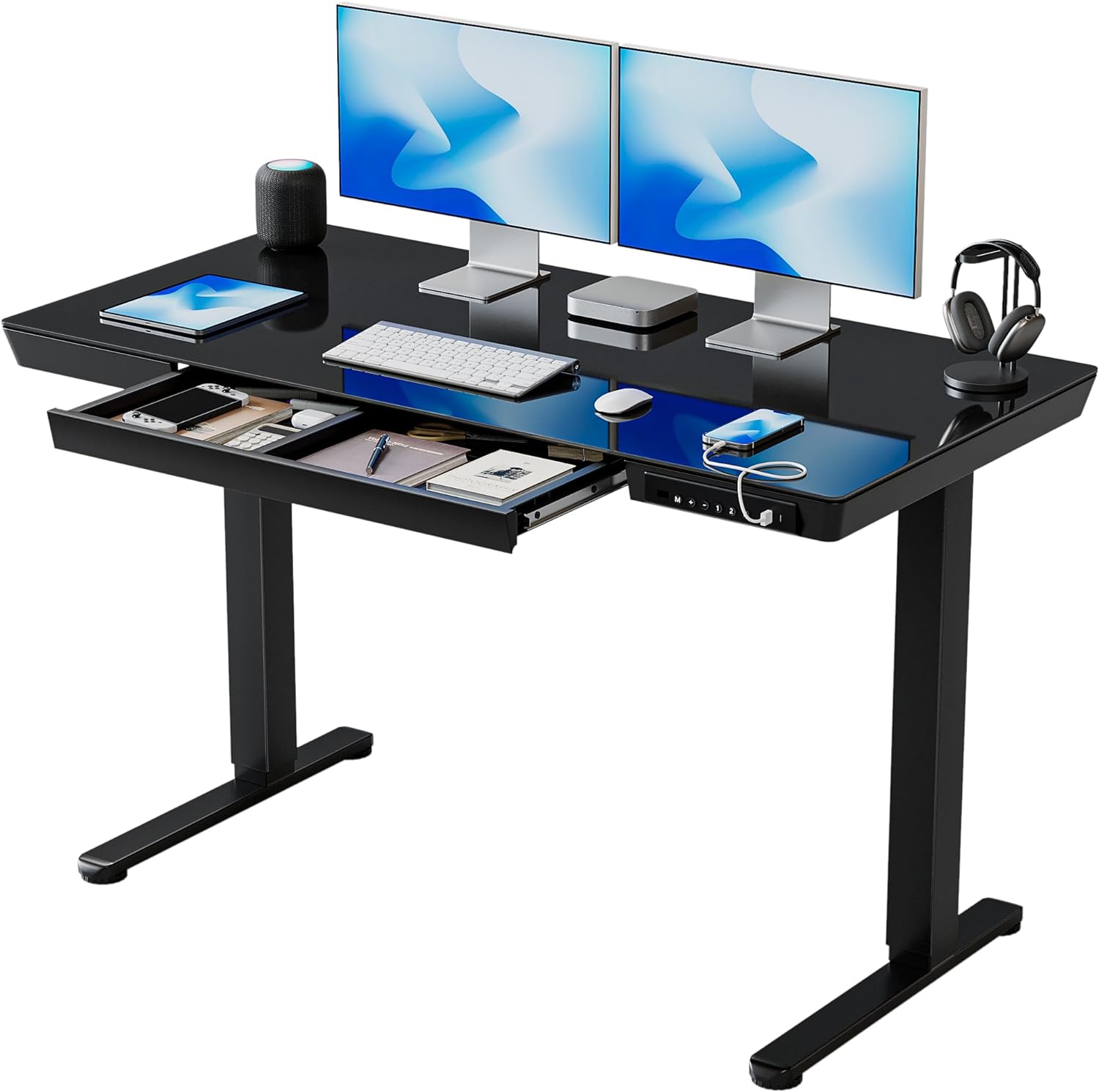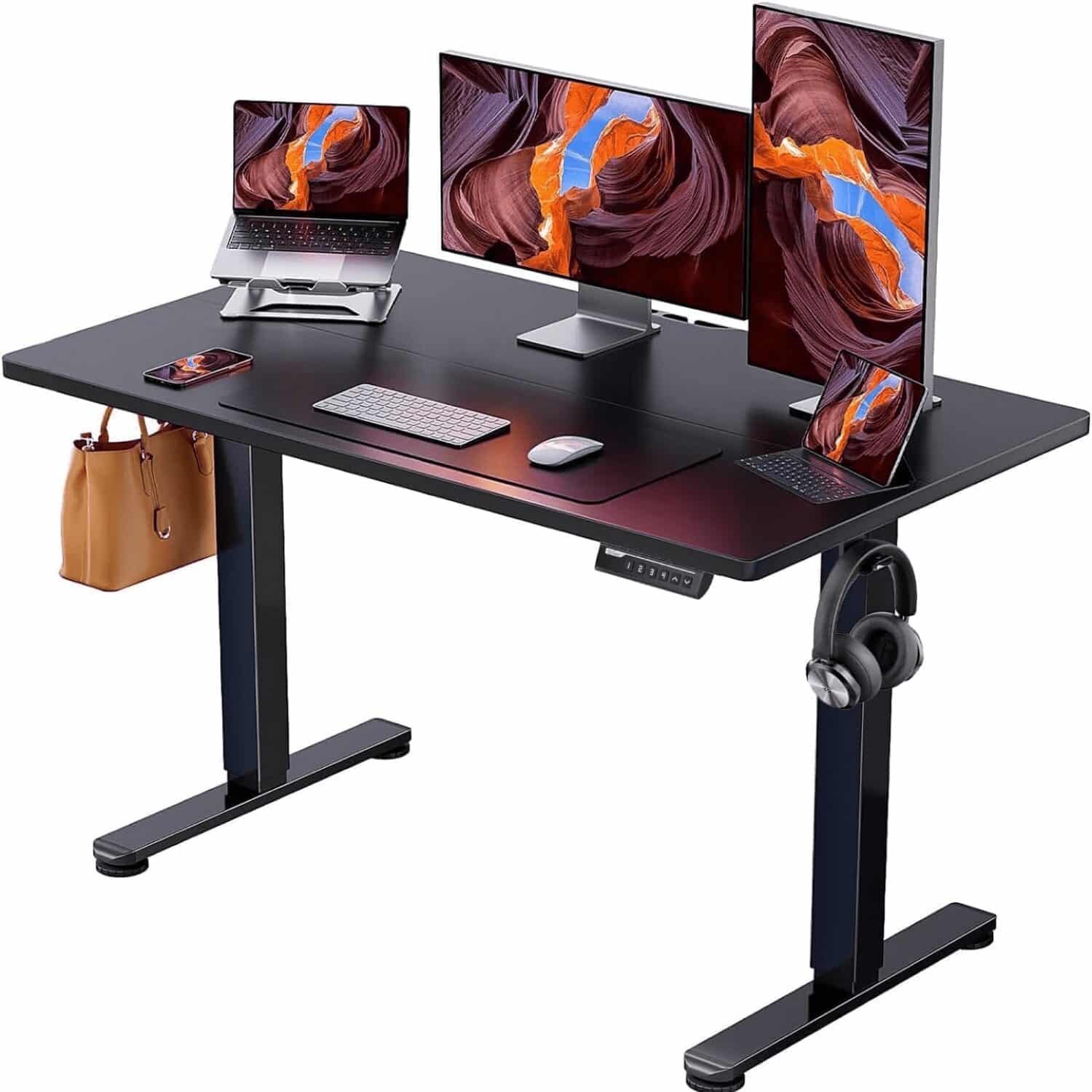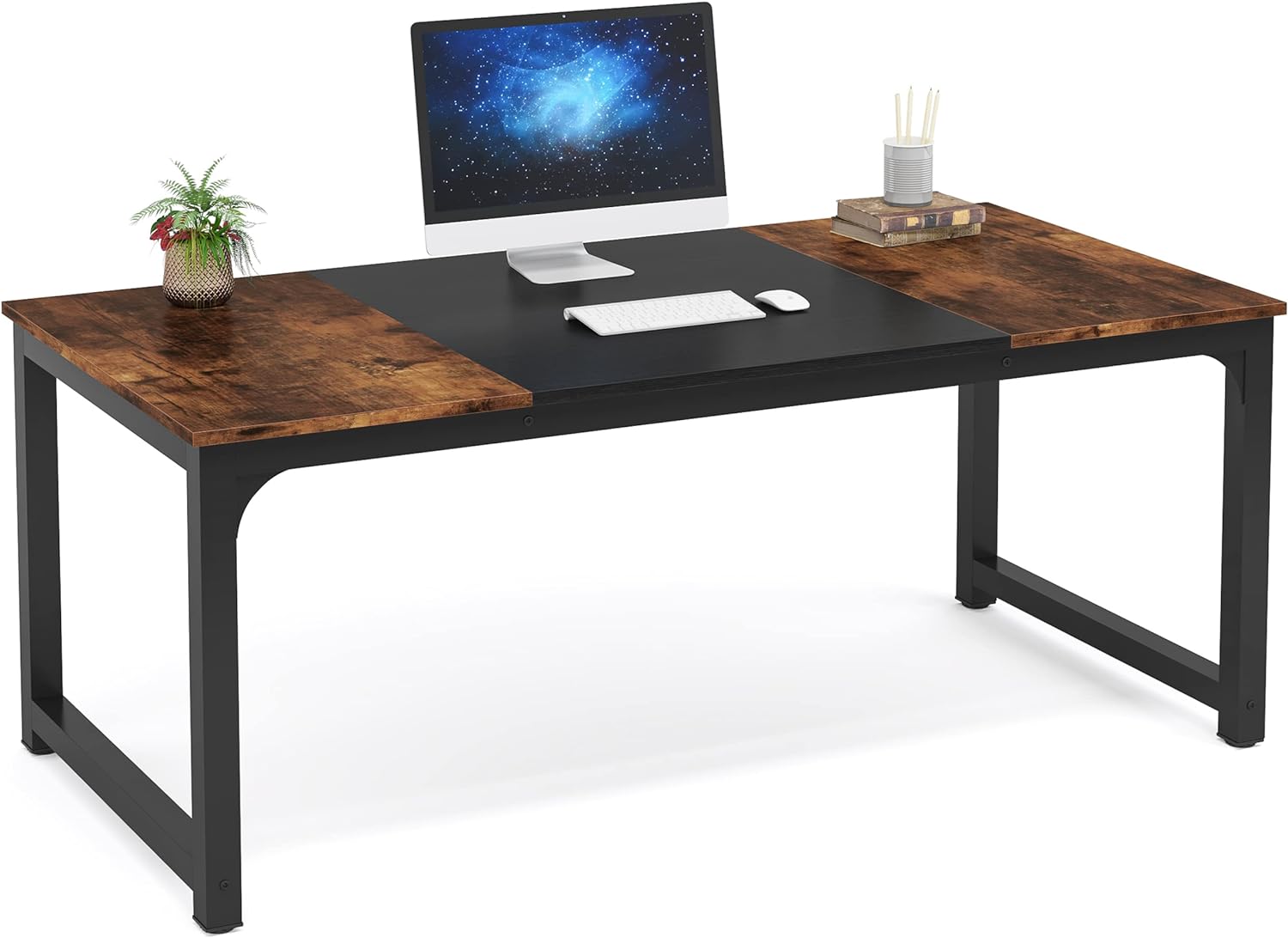In the contemporary business environment, your workspace often serves as a reflection of your brand’s identity and professionalism. In essence, your office furniture plays a significant role in setting the tone for your business, influencing productivity, and making a lasting impression on clients. So, what is the best material for your office furniture? The answer may be more complex than you think, with various factors to consider. This article will explore the best materials for office furniture, taking into account durability, aesthetics, sustainability, and cost.
Durability: Opting for Wood
When you’re considering the purchase of office furniture, durability should rank high on your list of priorities. Furniture is an investment, and you want your investment to last. In this regard, wood stands out as a frontrunner. Not only is it strong and hard-wearing, but it also provides a level of prestige that few other materials can match.
Hardwoods such as oak, maple, and walnut are renowned for their robust nature and longevity. These woods can withstand heavy use over time without succumbing to wear and tear. This makes them an excellent choice for high-traffic office spaces where furniture endures heavy daily use.
While hardwoods may come with a higher price tag than other materials, their longevity ensures that you’ll save money in the long run. After all, you won’t need to replace these pieces as often as cheaper, less durable alternatives.
Aesthetics: The Classy Appeal of Glass
If we’re discussing aesthetics, glass holds a distinct position. It gives a sleek, modern look that can’t be replicated by other materials. The clean lines and clarity of glass can impart a sense of transparency and openness, making spaces appear larger and more inviting.
Glass-top desks, for example, can add a touch of sophistication and elegance to any office. These desks are a perfect fit for minimalist offices or those wishing to make a bold statement. However, they demand careful handling due to their fragility.
Sustainability: Embrace the Green Trend with Bamboo
With the growing emphasis on sustainability, green alternatives like bamboo are gaining prominence in office design. Bamboo, though technically a grass, displays properties akin to hardwoods when it comes to durability. It grows incredibly fast compared to trees, making it a more sustainable choice for environmentally conscious businesses.
Bamboo furniture carries a distinctive look, often exuding a warm, organic vibe. It’s lighter than most hardwoods, offering easy mobility, and it’s also resistant to swelling and shrinking in fluctuating temperatures, making it a reliable choice for various climates.
Cost-Effective: The Versatility of Metal
For businesses operating on a tight budget, metal offers a cost-effective yet sturdy solution. Steel, aluminum, and iron are commonly used metals in office furniture design. They provide exceptional durability and require minimal maintenance, ensuring they remain in good shape for years.
Metal furniture often carries a modern, industrial aesthetic, suitable for a wide range of office interiors. Plus, it’s highly customizable, with a variety of finishes and colors available to match your office décor.
Balance is Key: Mixed Materials
In the world of office furniture, you’re not confined to using just one material. A rising trend is the use of mixed materials, which can offer the best of all worlds. A desk, for instance, might feature a sturdy steel frame for durability, a wooden surface for a touch of elegance, and glass elements for a sleek finish.
Furniture pieces that blend different materials can offer a unique visual appeal and multifaceted functionality. They provide you the flexibility to tailor your office furniture to your specific needs, aesthetics, and budget.
In Summary
In summary, the best material for your office furniture depends largely on your office’s unique requirements. Therefore, consider the balance between durability, aesthetics, sustainability, and cost to make the right choice.
By thoughtfully selecting your furniture, you’re investing in the future of your business, creating a space that fosters productivity, inspires creativity, and impresses every visitor who walks through your doors.
You may like to read: How to Choose the Right Office Chair for Your Back?

